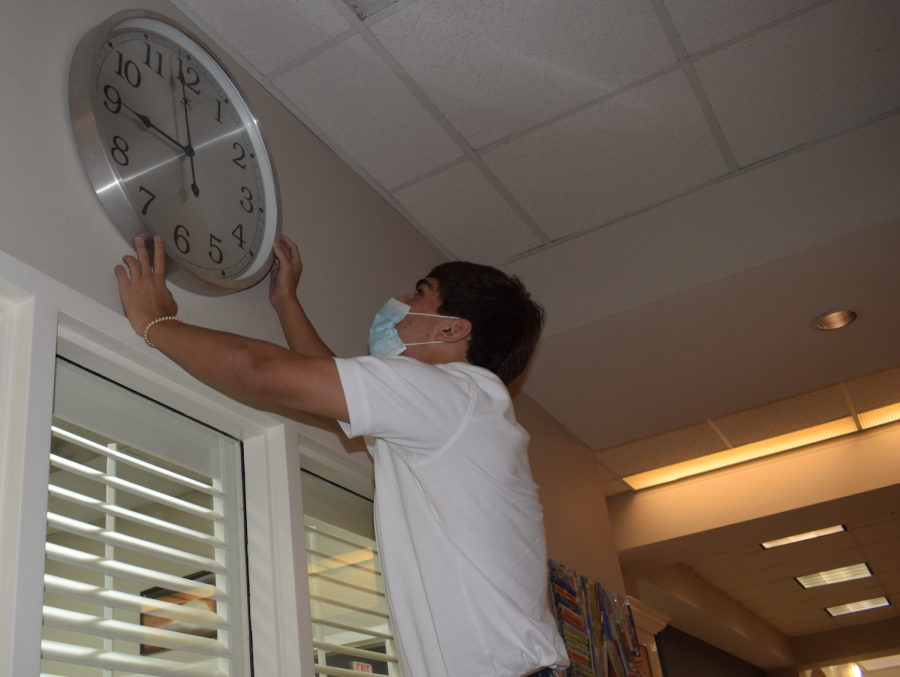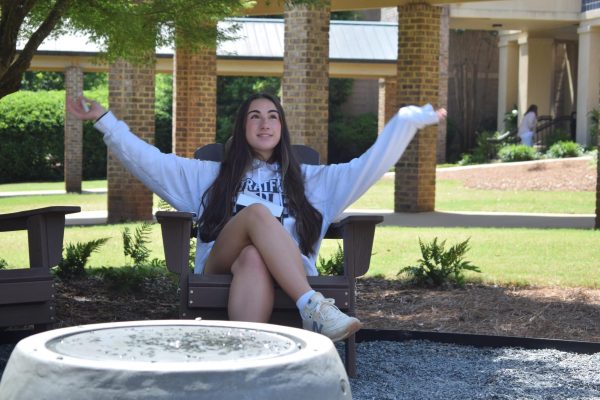‘Fall Back’ means extra hour this weekend
Students, teachers share thoughts on Daylight Savings Time
Gazebo Photo by AJ Stevenson
Senior James Michael Reeves checks out large clock behind circulation desk in Olson Library
On the second weekend in March, a few days before Stratford went to distance learning for the remainder of the school year, there was a Friday the 13th, a full moon and all the clocks were moved ahead for Daylight Savings Time.
Right before the school is about to go back to distance learning next week, this weekend will have Halloween on a Saturday and all the clocks are going to be turned back an hour.
Daylight Savings Time ends at midnight on Saturday, meaning there will be an extra hour beginning Sunday.
Setting every clock in the United States ahead an hour may seem weird, but George Hudson, who invented daylight savings, had sound reasoning to propose the event.
After Hudson got annoyed with not having enough daylight during the summer for his bug-collecting hobby, he suggested pushing back the clock two hours.
At first, his idea of daylight savings was not widely accepted, but after Austria, Britain, and other countries implemented it, the U.S. followed suit.
Daylight savings was eventually ended after World War I, before being officially reinstated during World War II.
Overall, Daylight savings is the subtraction of an hour to the clock in the spring, so people will have more sunlight throughout the day.
In the winter, people add back an hour to the clock.
Upper School Spanish Teacher Dr. Kayla Morales is not excited about the time change.
“Not really because it gets dark too early, and I feel once you get from home or school you don’t have daylight to do anything,” Dr. Morales said.
But, on the bright side, she said she will, “bake another cake or cookies,” with the extra hour on Sunday.
“I don’t really have an opinion either way. It’s good to go away, or stay. I just want it to be a communal decision,’’science teacher Ms. Kinsey Peterson said. “If there was a time to get rid of it, 2020 would be the year.”
When asked what she would do with an extra 60 minutes in her day, Ms. Peterson said, “Disinfect my classroom to keep students safe.”
Senior Alex Hall said she would use her extra hour to “make breakfast.’’
“I would actually make breakfast, like a real breakfast, not just a piece of bread but maybe a pancake or maybe a waffle,’’ Alex said.
Head of school Mrs. Theresea Ferrari said she sees the fall back as a short-term gain but long-term loss.
She said the short term gain is simply the hour extra of sleep and she intends on using that hour simply for extra sleep after long days at school.
“The long term loss is that it gets darker earlier,” Mrs. Ferrari said, She said she leaves school later in the day so by the time she is leaving it is already dark outside.
Mrs. Ferrari said she doesn’t like this because she is inside all day and when she does finally get outside it is already dark. -Athena Leskovics
Senior Caroline Sutherland said she doesn’t like it being dark when she gets home from school late in the afternoon.
“I don’t really like the change because when practice ends after school it is already dark outside,’’ Caroline said. “I will probably use my extra hour to watch Netflix, or study for any tests or quizzes I have that day.”
Senior Annika Brooks said she “hates the time change because the sun sets earlier.”
She said she doesn’t like when the days become shorter because there is not enough time to do everything in the day.’’
Another senior, Megan Huynh, also is not a fan of the shorter days.
”I don’t like that it gets darker because I ride Ubers to get home from school, and when it is darker I don’t feel safe,” Megan said.
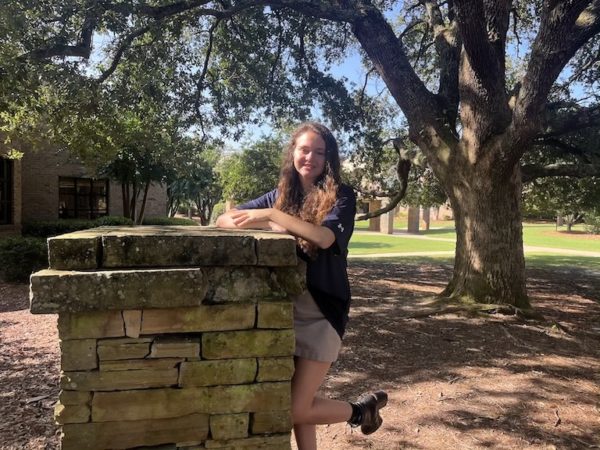
NAME: Ranya Ajjan
GRADE: Senior
SCHOOL ACTIVITIES: Spanish Club, Key Club, Literary Team, Honor Council, Minds Matter Club
BACK-TO-SCHOOL RESOLUTION:...
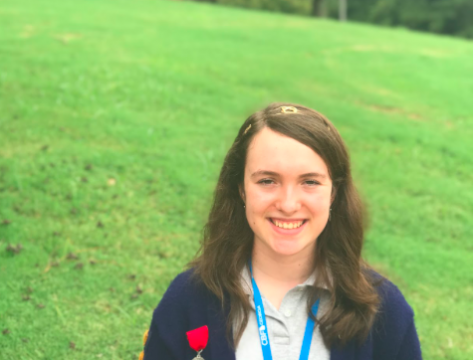
NAME: Mimi Rader
STAFF POSITION: Staff Writer
GRADE: Senior
SCHOOL ACTIVITIES: I enjoy participating in drama club, marching band, and spanish...
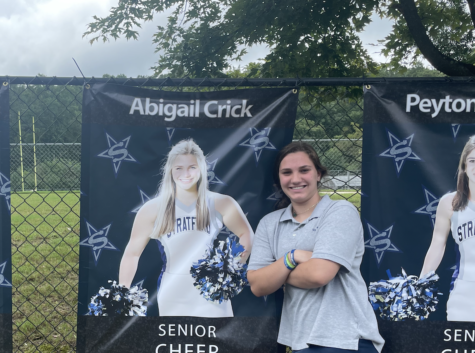
GRADE: Senior
SCHOOL ACTIVITIES: VP of the Food Drive, Beta Club, Pep Club President, Lacrosse
HOBBIES/INTERESTS: reading, sleeping
FAVORITE...

NAME: Athena Leskovics
GRADE: 11th (Junior)
SCHOOL ACTIVITIES: Volleyball, Swim team, Pep club, Key club, Peer Mentor, Beta club
FAVORITE...

NAME: Hailey Firlotte
STAFF POSITION: Staff Writer
GRADE: Senior
SCHOOL ACTIVITIES: Lacrosse, track, Pep club president, SLB rep, honor council,...
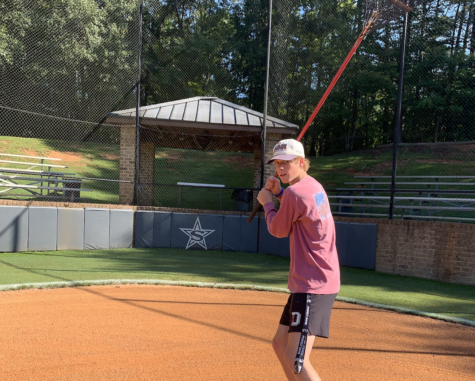
NAME: Micah Takac
GRADE: 12
SCHOOL ACTIVITIES: Baseball, Football, Cornhole Club
FAVORITE SUBJECT: Science
FAVORITE PLACE ON CAMPUS: Baseball...
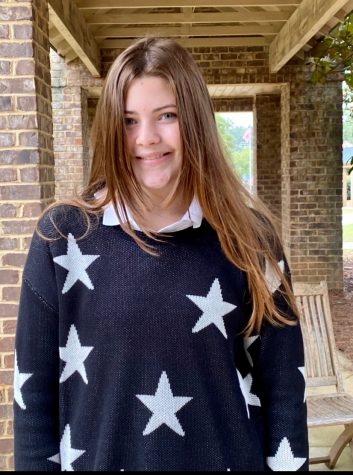
NAME: Carson Butcher
STAFF POSITION: Staff Writer.
GRADE: Senior.
SCHOOL ACTIVITIES: Photography Club, Beta Club, DEI Alliance, Key Club, Latin...
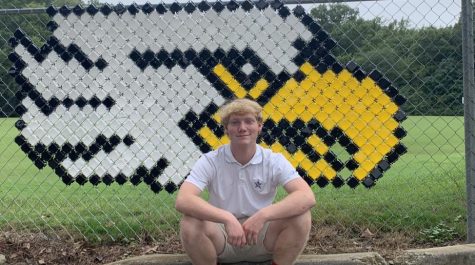
NAME:AJ Stevenson
STAFF POSITION: Editor
GRADE: Senior
SCHOOL ACTIVITIES: Student Body President, Key Club, Football, Wrestling, Lacrosse, Peer...



